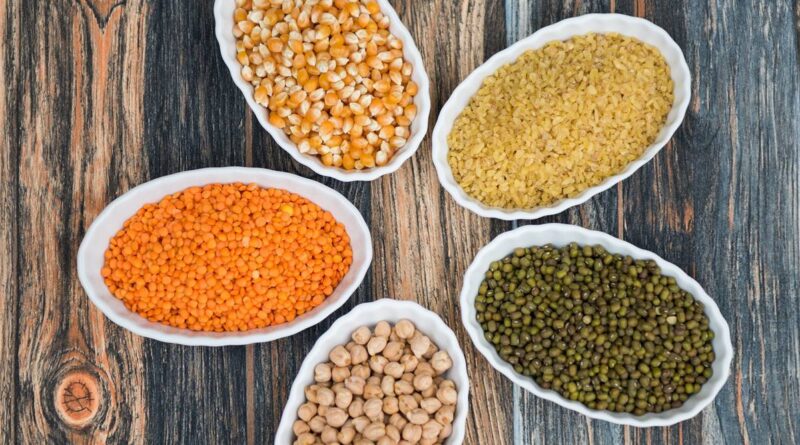Sowing of pulses continues to lag, but not to worry, says govt
By Pallavi Singhal
With rains continuing to be deficient in line with IMD predictions for August, the sowing of pulses fell further, per data released by the Ministry of Agriculture.
The total sown area of pulses is down 9.16 percent as of August 18, year on year (YoY). The total area of pulse cultivation had fallen last year too, by as much as 11.6 percent.
The rainfall has been deficient in most parts of the country over the past week. Out of 36 subdivisions, 26 have seen ‘deficient or large deficient’ rainfall, as per a Barclay’s assessment released on August 18.
The delayed sowing of arhar, urad, and moong are responsible for the reduction in the area under pulse cultivation. While sown area for arhar is down 6.4 percent, for urad and moong it is down 15.2 and 8.1 percent, respectively.
Arhar has seen a steep spike in retail prices of late. Per data available on the Department of Consumer Affairs website, there has been a 32 percent rise in its prices on-year.
However, the government is not worried and remains hopeful that sowing will catch up, according to a senior government official.
“Pulse-sowing began late this time due to a delayed monsoon. We hope to see the sown area increase in the next month,” the official told Moneycontrol.
To compensate for the deficiency of tur and mitigate the price rise in pulses, the government, on July 18, had launched the sale of subsidised chana dal under the brand name ‘Bharat Dal’ at the rate of Rs 60 per kg for a one kg pack, and Rs 55 per kg for a 30 kg pack.
Sowing on track for other crops
The sowing of paddy has continued apace, registering an increase of more than four percent as on August 18. Its sown area has increased from 345 lakh hectare on the same date last year to 360 lakh hectare now.
Sowing has also continued on track for coarse cereals such as Bajra, Ragi Maize; sugarcane and oilseeds, which are above last year’s levels as of August 18. Cotton, however, has seen a marginal drop of 1.8 percent.
The data comes when the kharif sowing of cotton, coarse cereals, sugarcane, and oilseeds is close to completion.
Reservoir run low
As of August 17, key reservoirs stood at 62 percent of their total capacity, higher than last week’s 60 percent but lower than the corresponding period last year.
Per the central water commission, the overall storage position is less than the corresponding period last year in the country as a whole, and is also less than the average storage of the past 10 years for the period.
Reservoir storage is of importance as the availability of irrigation sources will now be crucial for supplementing the sub-optimal rainfall.
“Empirical evidence suggests that irrigation mitigates rainfall deficiency in agriculture,” RBI’s August report has noted.
This article has been republished from Money Control

